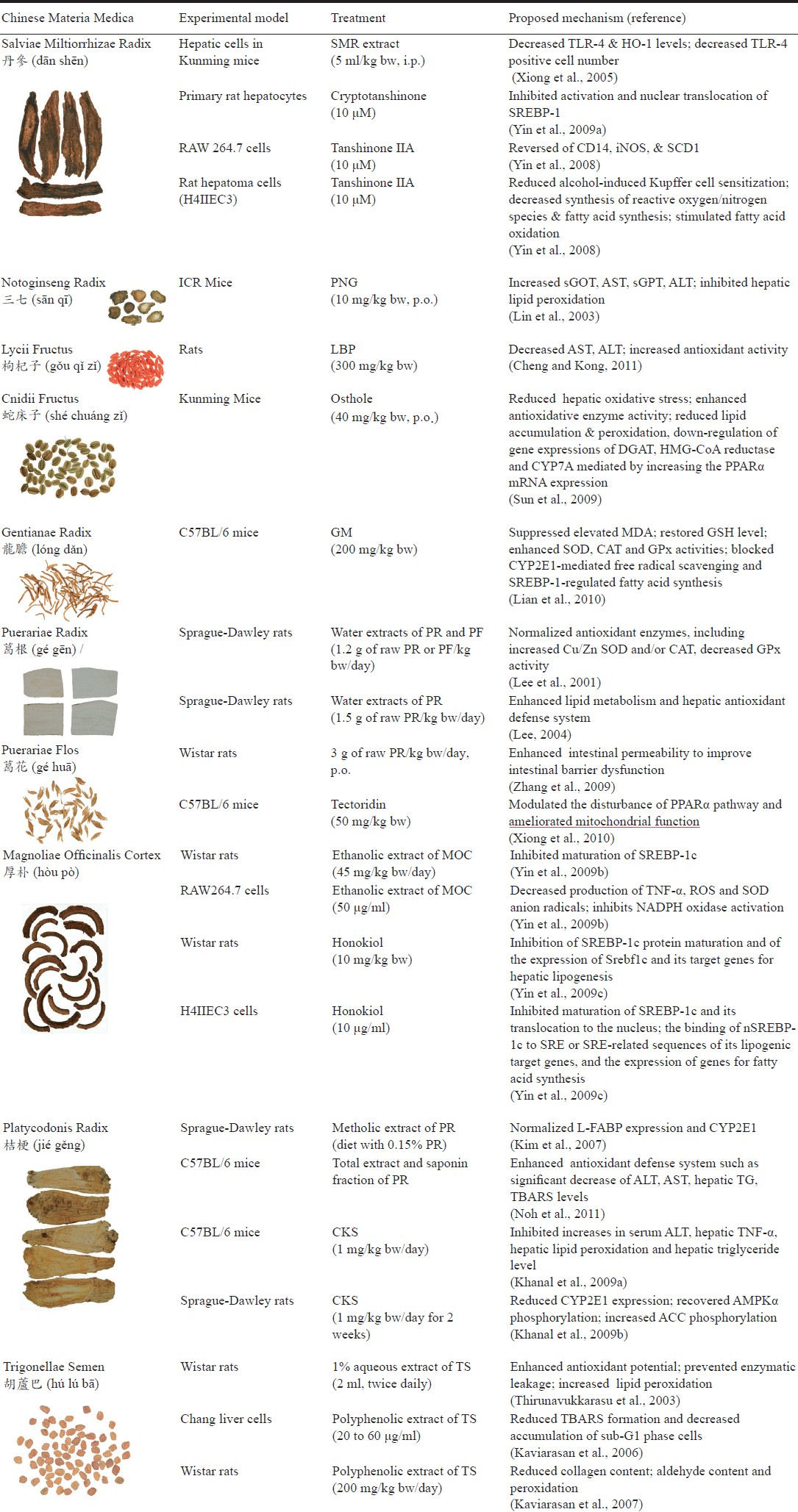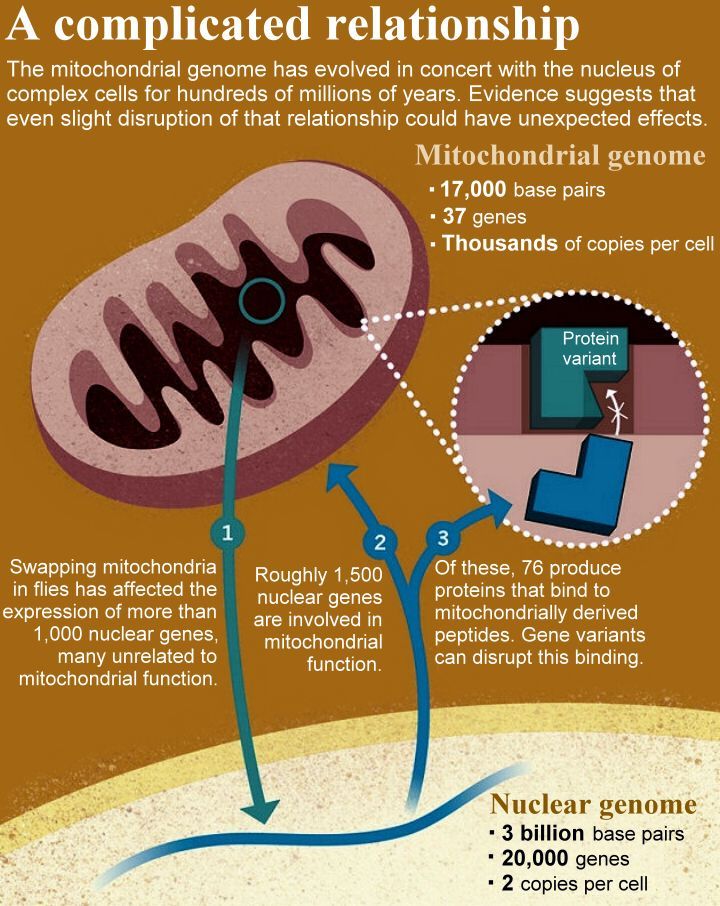

| Home Page | Overview | Site Map | Index | Appendix | Illustration | About | Contact | Update | FAQ |
 |
 |
As shown in Figure 11-30a, Mitochondria is an organelle in eukaryotic cells - a power house to supply energy for maintaining life in every one of these cells. The energy producing process is shown in Figure 11-32a with the detailed mechanism shown in Figure 11-32b (see "proton pump" for further explanation). Mitochondria has its own genome in the form of a ring similar to those in bacteria. In fact, the functioning of their live machinery as well as appearance are similar to those of bacteria. Such kinds of observations has prompted the theory of extracellular origin for mitochondria in the 1970s. This view is now widely accepted by biologists today. |
Figure 11-32a Mitochondria |
Figure 11-32b ATP Production |
 |
Each mitochondria has numerous copies of circular, double-strand DNA (mtDNA) cosising of a 16,569 nucleotide sequence. The sequence contains a total of 37 genes for making proteins, tRNA, and rRNA (see Figure 11-32c). The 13 protein-coding genes are not enough for producing all the mitochondria-specific proteins. It is surmised that the billion years' symbiotic relationship with the hosts progressively reduced its independence by transferring many of its genes to the nuclear genome (of the host). Thus, many mitochondrial disorders are related to mutations in the nuclear genes - a price to be paid by un-loading burdens to the "central government" (so to speak). Actually, the host is happy to oblige so that the mitochondria can concentrate on making the all important ATP to meet the energy requirement. |
Figure 11-32c Mitochondrial DNA [view large image] |
 |
 |
A spiralling row of mitochondria are located at the sheath of the sperm to facilitate its movement. Since this midpiece and tail are truncated before the head of the sperm entering the egg, only the maternal mitochondria are transmitted to the embryo of the next generation. Thus, mtDNA has been used to infer the lineage of the "Mitochondrial Eve", who is supposed to be the most recent common ancestor (MRCA) of all currently living anatomically modern humans. She is estimated to have lived approximately 100,000 - 200,000 years ago (Figure 11-32d). Actually, mtDNA does mutate to various forms; it is useful in determining clear identities, such as those of missing people when a maternally linked relative can be found. mtDNA testing |
Figure 11-32d Mitochondrial Eve |
Figure 11-32e Mitochondrial Disorder [view large image] |
was used in determining that Anna Anderson was not the Russian princess (Anastasia Romanov) she had claimed to be. |
 |
 |
Table 11-02a Functions of Mitochondria [view large image] |
Figure 11-32f TCM Treatment [view large image] |
 |
In February 2015, the UK government has approved mitochondrial replacement therapy, a technique that would allow a woman with a mitochondrial disorder to give birth to healthy child by pairing her nuclear DNA with the healthy mitochondria from a donor's egg creating a three-parent baby. Many biologists take a dim view of the new regulation despite the 3.5 -year effort to review the safety and ethics of the practice. Proponents would argue that the length of DNA and the number of genes in mitochondria are insufficient as comparing to those in the nucleus, swapping mitochondria should have a minimal impact on the organism. But researches starting in the 1980s have revealed complicated relationship between the two sites (see Figure 11-32g). The effect on mismatch in mouse takes 12 years (20 generations) to develop. Indirect evidences in humans indicate possible links to disorders such as type-2 diabetes, Parkinson's, cancer, and longevity. It is particularly disturbing with likening the replacement of mitochondria to changing batteries in a camera. Such loose comment may lead to widespread application to infertility with unforeseeable consequence. (see original article in "The Mitochondria Mystery", Nature 24 September 2015.) |
Figure 11-32g Mitochondrial Replacement |